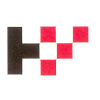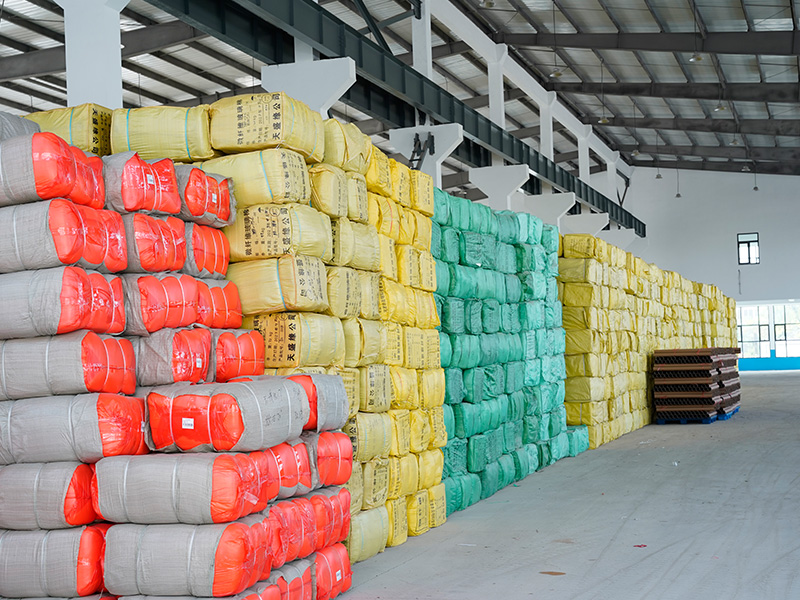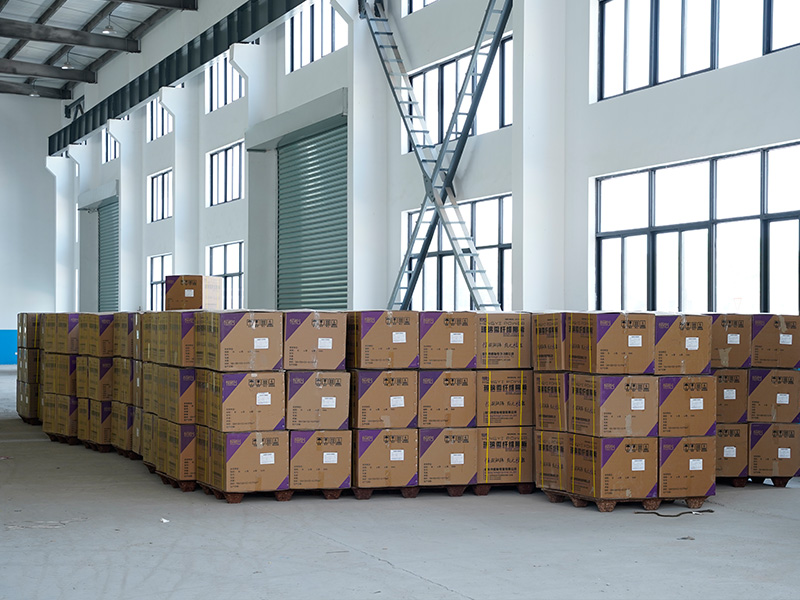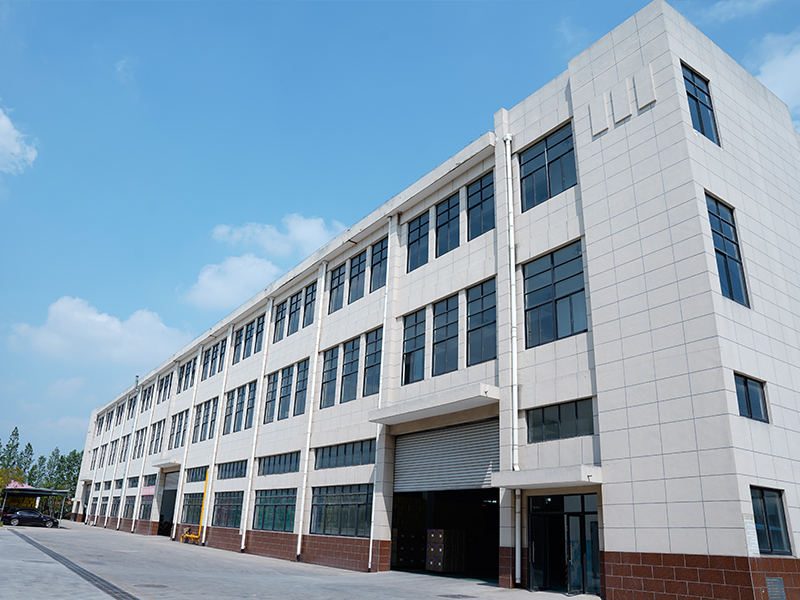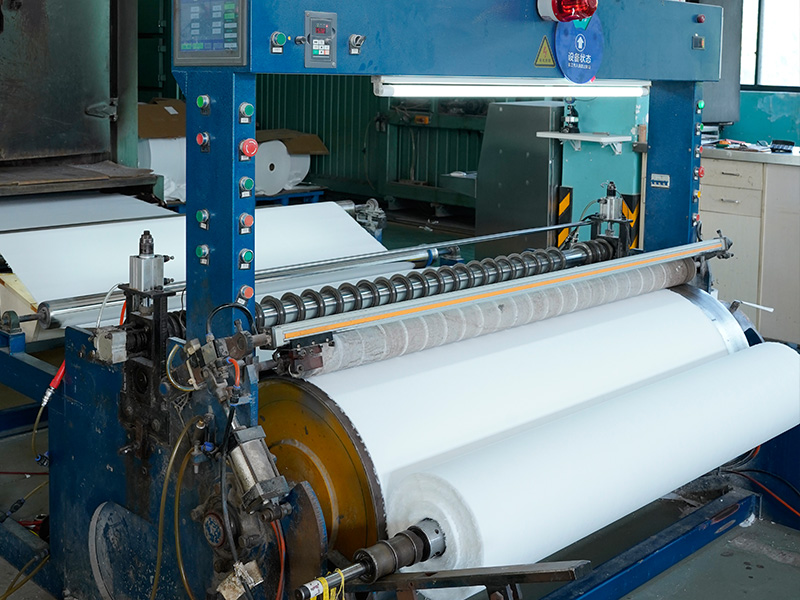
With the tightening of environmental protection policies and the improvement of energy efficiency standards of related products, vacuum insulation panels have ushered in development opportunities. According to the China Thermal Insulation and Energy-saving Materials Association, in 2018, there were more than 10 vacuum insulation panel enterprises in China, with an annual production capacity of 30 million square meters, actual sales of about 20 million square meters, and an output value of about 2.5 billion yuan, and downstream applications covering home appliances, cold chain, construction and other fields. With the steady growth of downstream demand, it is expected that the output value of vacuum insulation panels in China will continue to grow.
In recent years, due to technological progress and the formation of market competition mechanism, the production cost of vacuum plates has generally decreased, and the sales price has also decreased. Especially after the process is changed from wet to dry, the cost of vacuum insulation panels is greatly reduced, which will effectively promote the demand for vacuum insulation panels in home appliance companies. As a relatively new industry, vacuum insulation panel manufacturers are still few. As far as the overall situation of the world is concerned, there are four main types of enterprises with professional vacuum insulation panel core materials with a certain production scale.
Globally, the VIP market (excluding vendors focused on construction applications) is relatively fragmented, mainly concentrated in Europe, the United States, Japan, South Korea, and China; Foreign companies have more advantages in time and technology, and still occupy the main market, of which the top three companies are LGHausys (South Korea), Hitachi Home Appliances (Japan), Va-Q-Tek (Germany), with market shares of 11.7%, 11.3% and 9.6% respectively. Domestic VIP board manufacturers mainly include Scitech New Materials, Zaisheng Technology and other enterprises.
